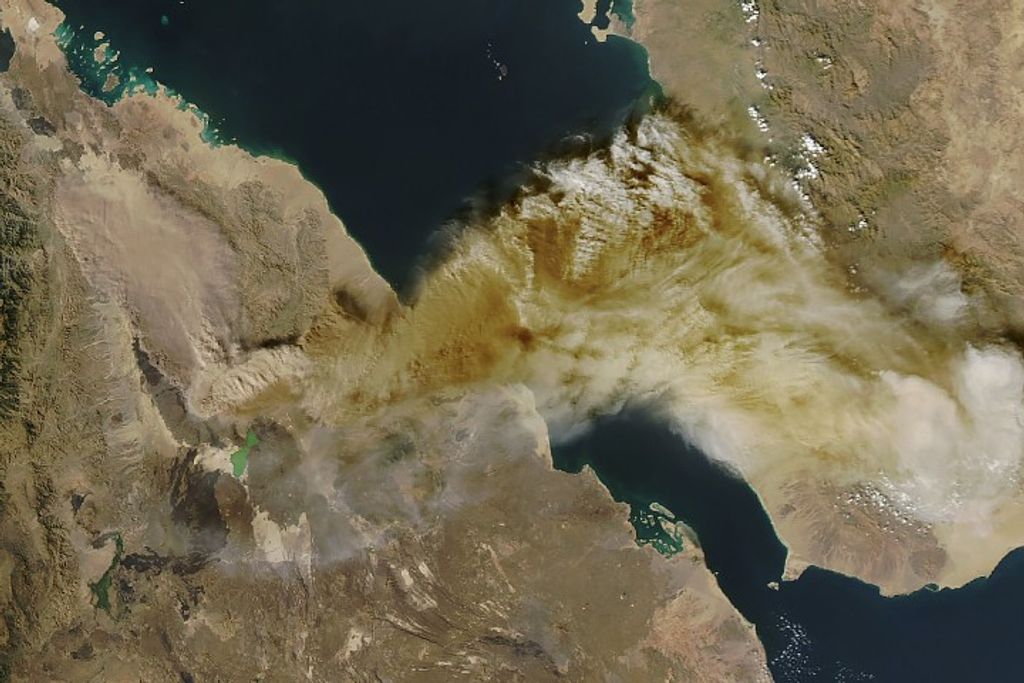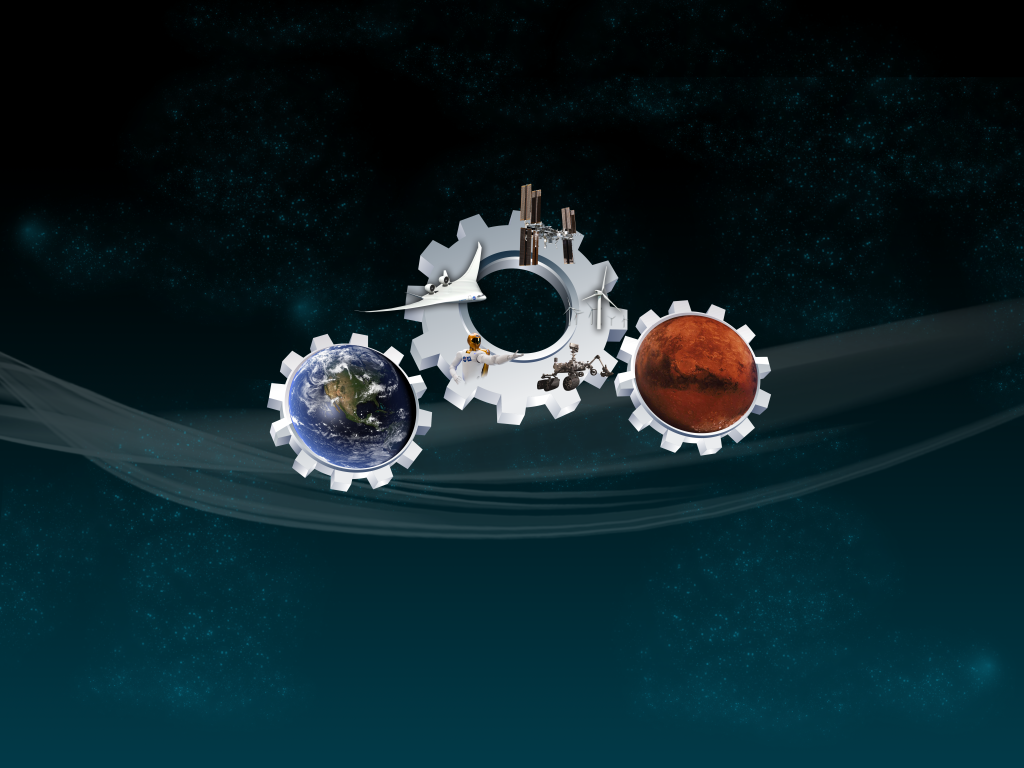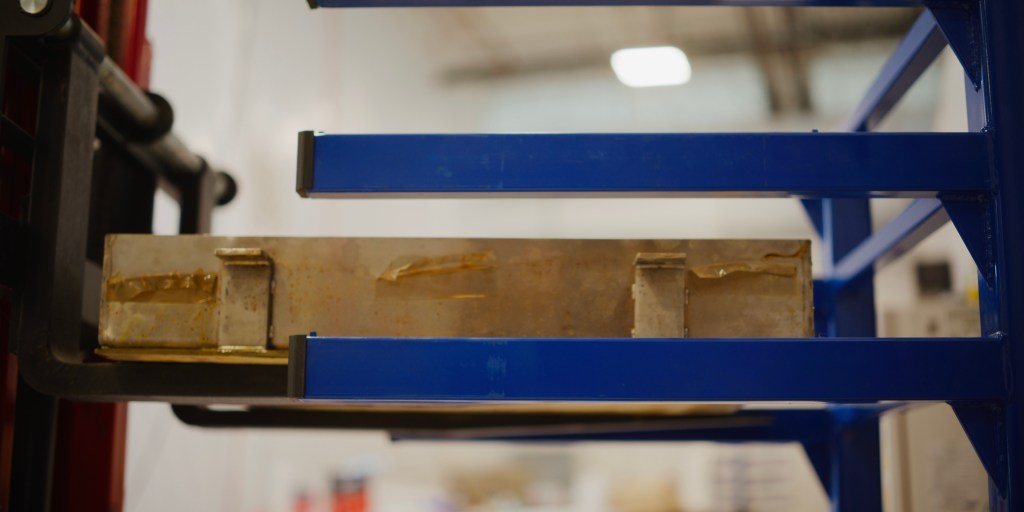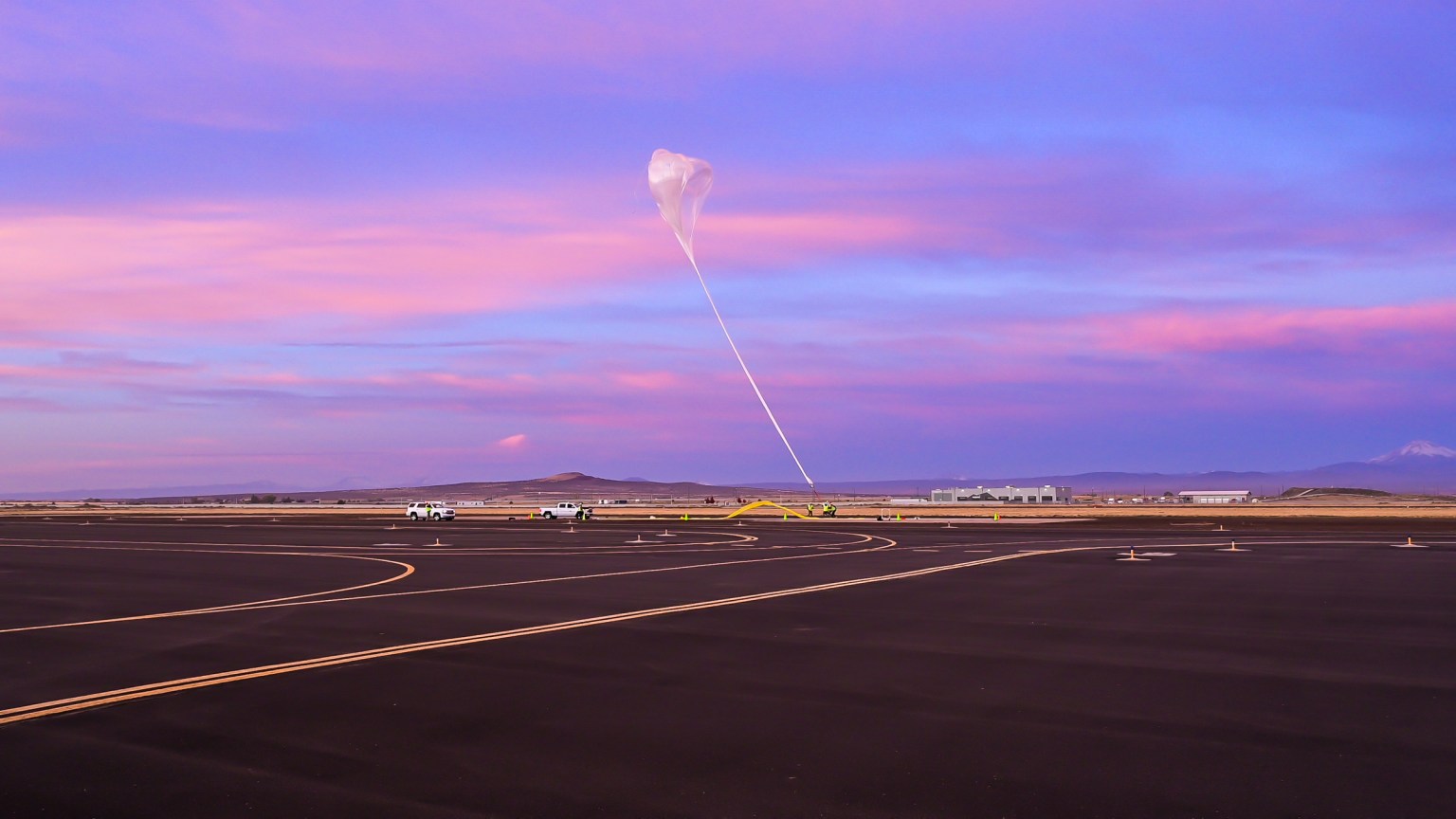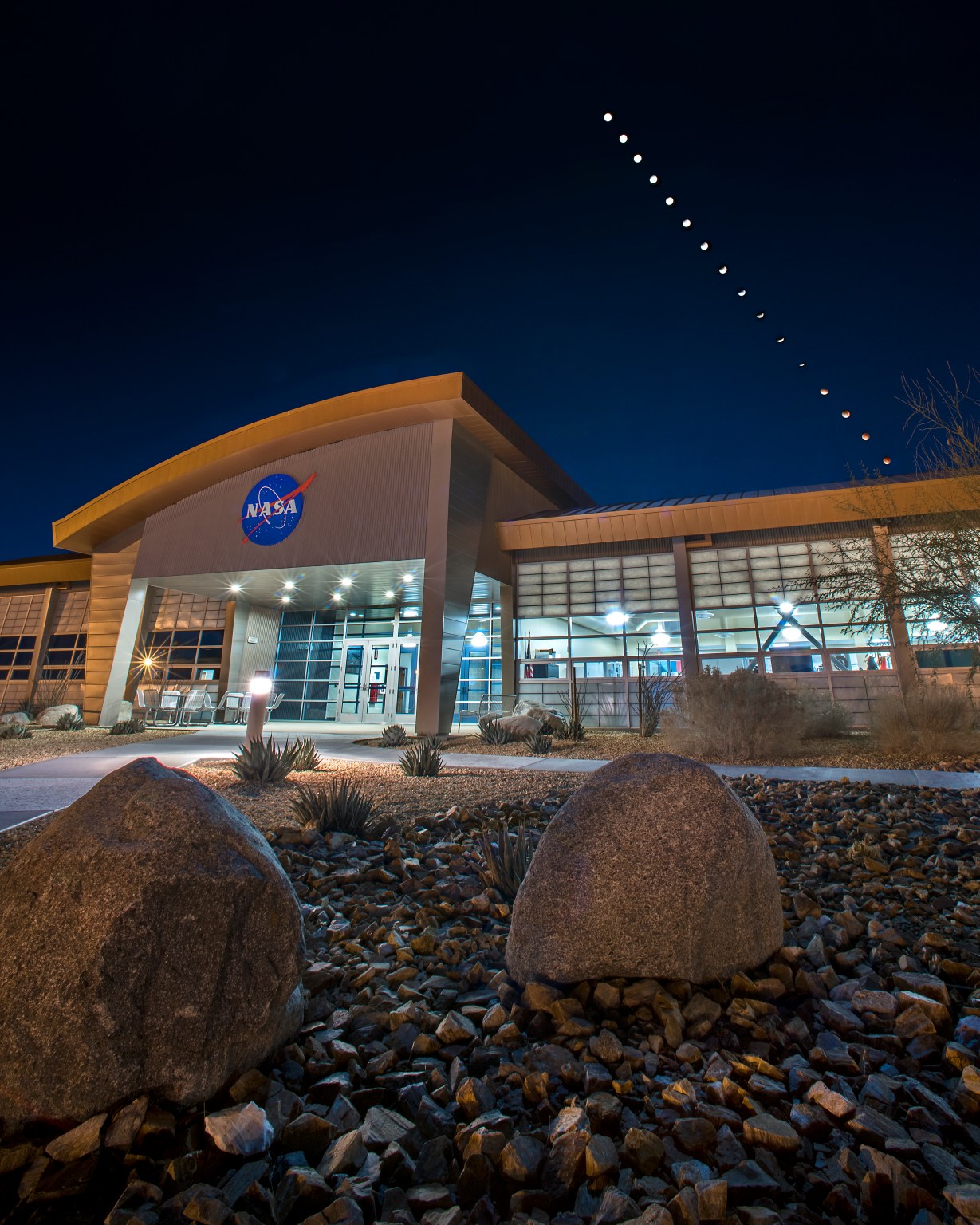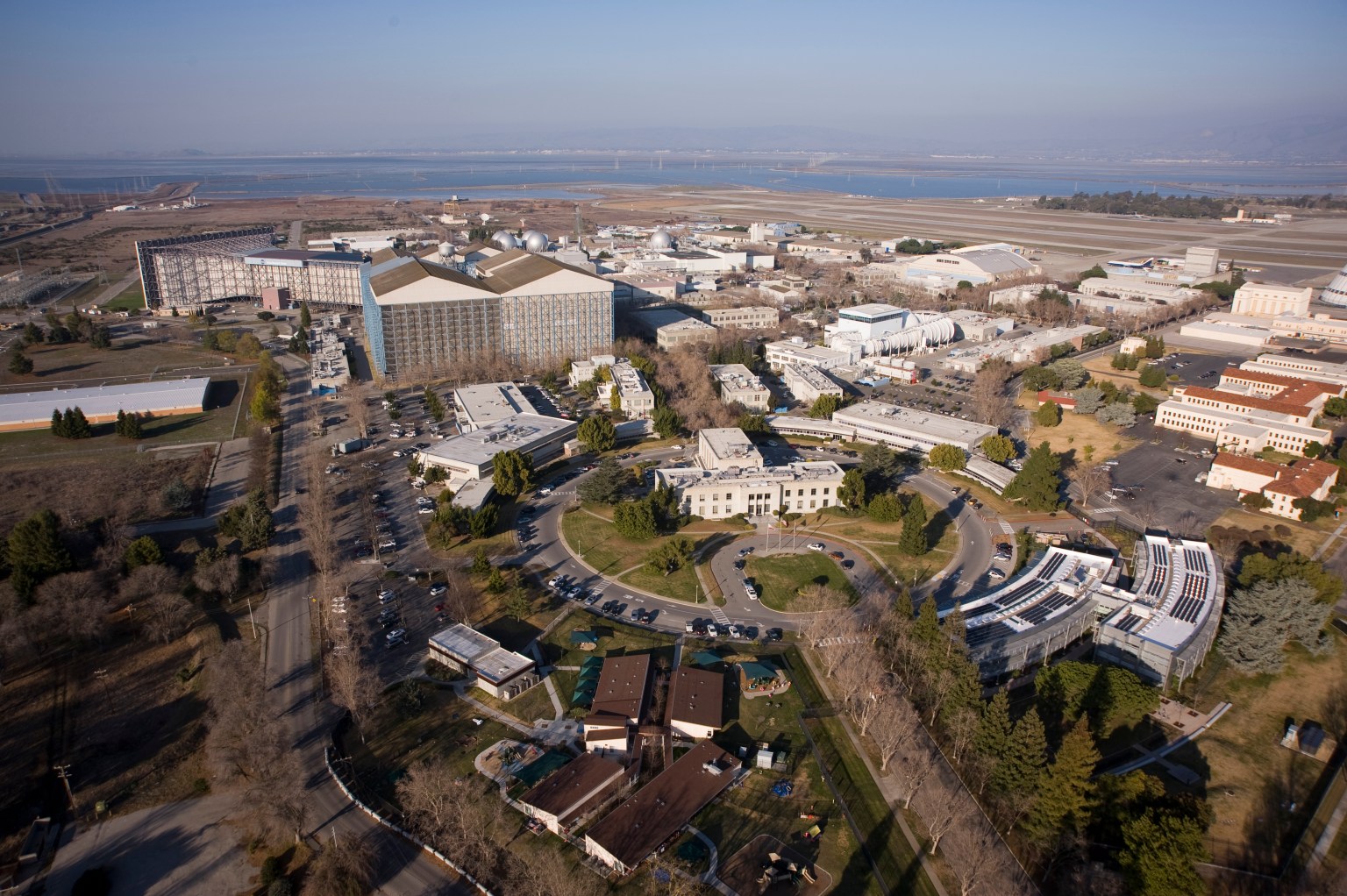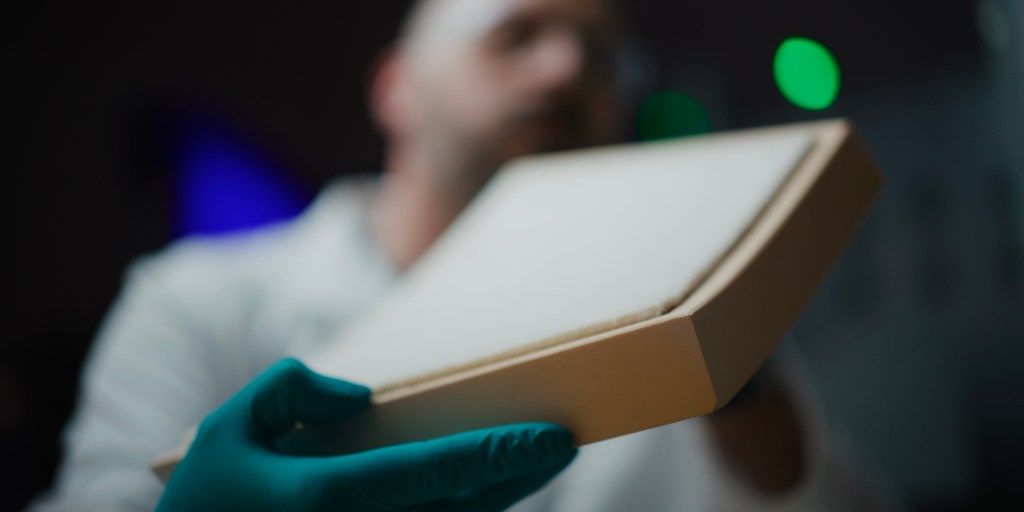
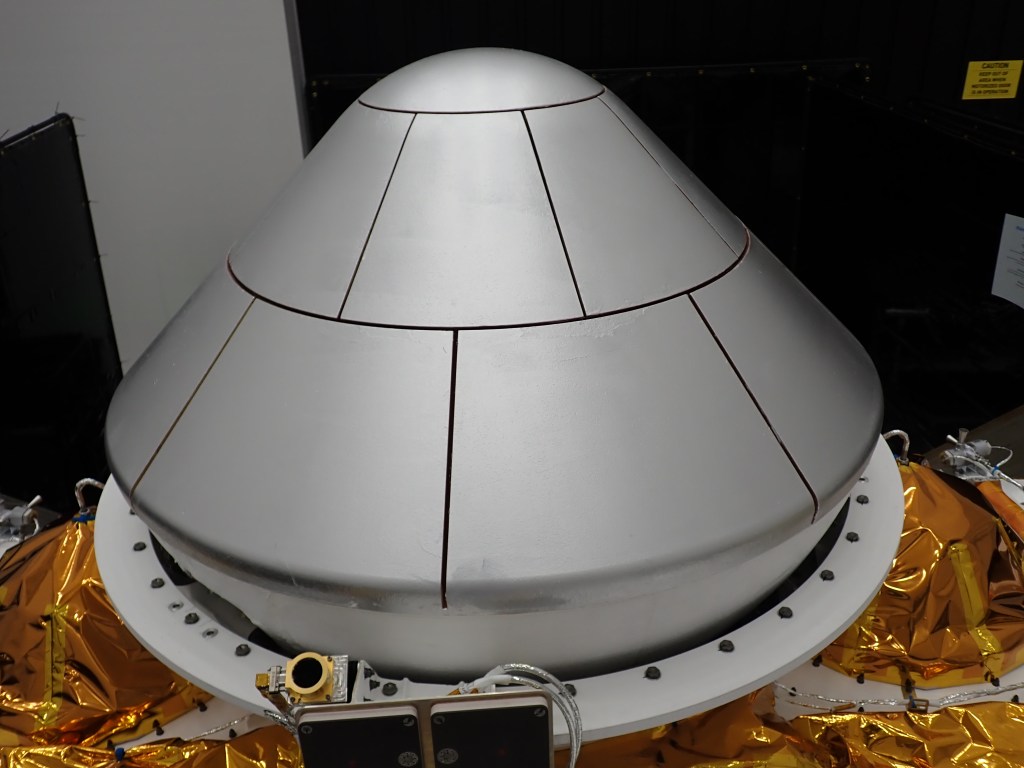
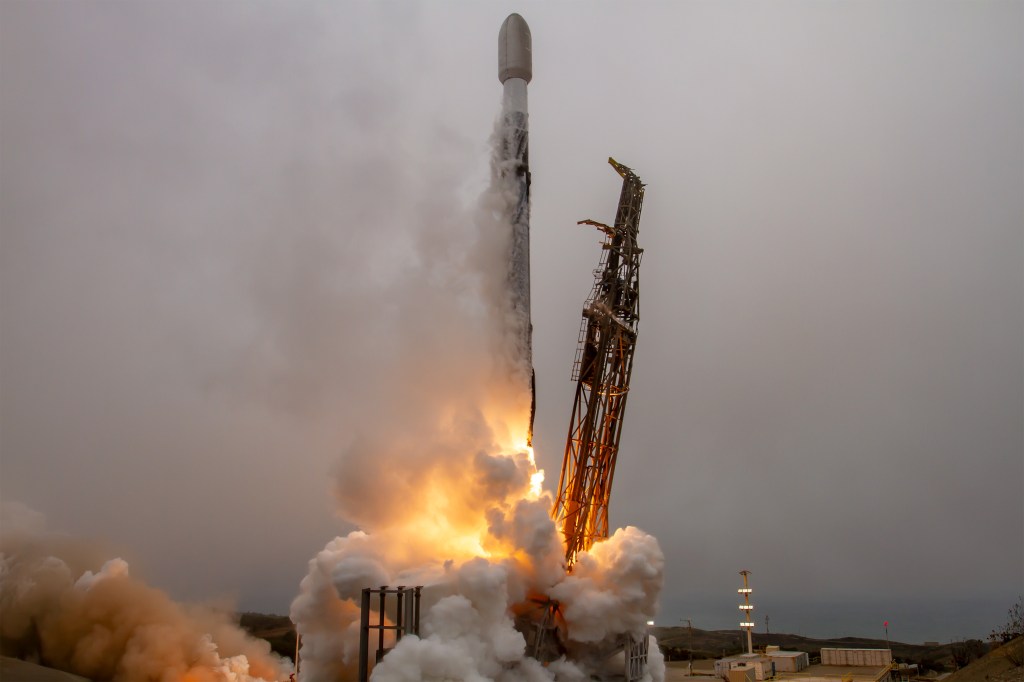
Testing NASA-Developed Heat Shield Made by U.S. Company
FLIGHT SUMMARY
With support from a Tipping Point award managed by NASA’s Flight Opportunities program, U.S.-based Varda Space Industries has manufactured a heat shield based on NASA technology and will test how effectively it protects a spacecraft capsule and the payloads inside it from the extreme heat of speeding through Earth’s atmosphere.
The Varda W-4 capsule launched via SpaceX into a Sun-synchronous orbit on June 23, 2025, containing payloads with potential to leverage microgravity to advance technologies that support human health. These payloads will return to Earth for further study — but first the W-4 capsule must blaze through temperatures up to 7,000 degrees Fahrenheit as it traverses Earth’s atmosphere on the journey home. Protecting the W-4 capsule from this intense heat is a shield made from C-PICA (Conformal Phenolic Impregnated Carbon Ablator), a powerful yet lightweight protective material originally developed at NASA’s Ames Research Center in California’s Silicon Valley that is enabling commercial space applications.
The shield protecting the capsule on its return to Earth includes C-PICA manufactured by Varda. Varda licensed C-PICA from NASA, and the agency’s Flight Opportunities program provided support for flight testing it. This flight test will provide Varda data to evaluate the effectiveness of its C-PICA, comparing it to the standard set by NASA-manufactured C-PICA.
The knowledge transfer of C-PICA’s production process and flight testing support exemplifies how NASA is fostering the successful growth of the space economy in the United States.
launch date
June 23, 2025
Technology category
Thermal Management Systems
Re-entry Date
TBD
Principal Investigator
Varda Space Industries
About the Flight Test
Comparing Two Sets of C-PICA
This flight is testing the effectiveness of the protection provided by two types of C-PICA: one manufactured by NASA and one manufactured by Varda. This is the first time Varda-manufactured C-PICA tiles are making the journey to space and attempting successful re-entry through Earth’s atmosphere.
Preparing for the Flight Test
During Varda’s manufacturing process, the NASA team provided specific data about the characteristics C-PICA must be prepared to withstand as it re-enters Earth’s atmosphere. On Varda’s W-2 flight earlier in 2025, the Flight Opportunities program supported instrumentation of the material, adding sensors to NASA-produced C-PICA. The data from these sensors provided context and guideposts to help maximize Varda’s potential success in manufacturing effective C-PICA heat shield material for its W-4 mission.
Protecting Payloads
The full results of the flight test will be seen when the capsule returns to Earth later this year. Its payload is a solution-based crystallization platform that processes pharmaceuticals in microgravity. Researchers aboard the International Space Station and at Varda have found that manufacturing in the near-absence of gravity offers unique opportunities for the development of novel pharmaceutical products.
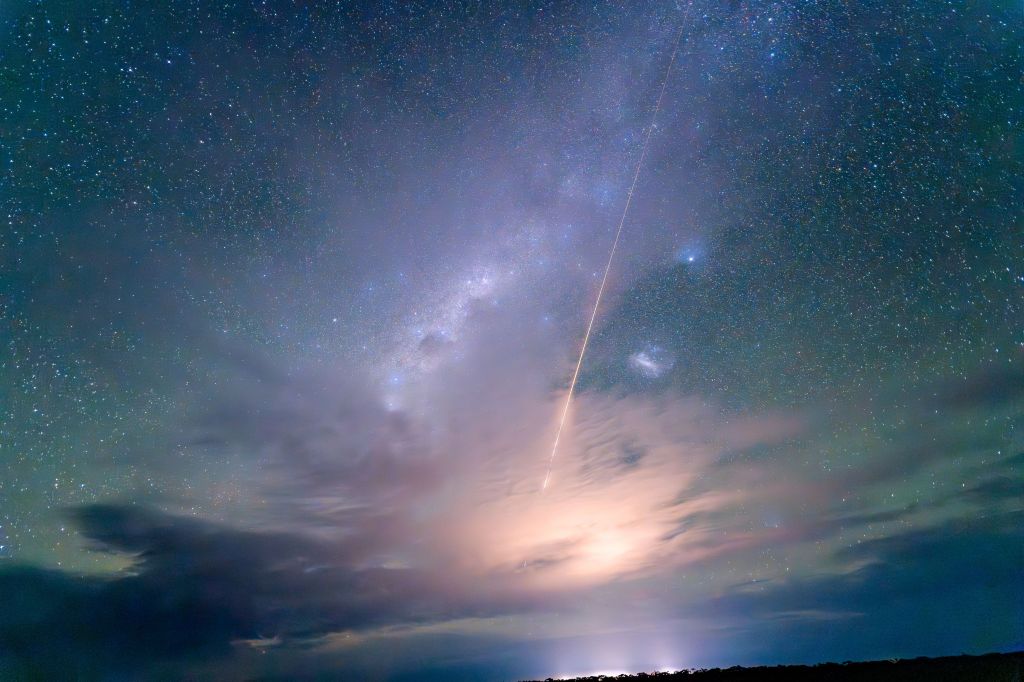
About NASA’s C-PICA Material
NASA’s Heat Shield Systems Development
Phenolic Impregnated Carbon Ablator (PICA) is a lightweight, rigid material with a proven track record of shielding spacecraft from extreme heat while re-entering Earth’s atmosphere. Created at NASA’s Ames Research Center, PICA research begun in the 1980s enabled the Stardust and OSIRIS-REx sample return missions. The Mars Science Laboratory and Mars 2020 missions also used rigid PICA.
NASA developed conformal PICA to provide a stronger, cheaper, and more thermally efficient material.
Increasing Availability of Commercially Produced Thermal Protection System Materials
Varda Space Industries is the first company to license NASA’s C-PICA for commercial purposes. Having licensed the technology and produced it commercially for the first time, Varda may scale up production of C-PICA to a level that allows it to supply the material to NASA — a win-win for NASA and for the U.S. commercial space industry.
The C-PICA technology is available for license from NASA to other businesses, and the agency is working with several other commercial space companies interested in the material.
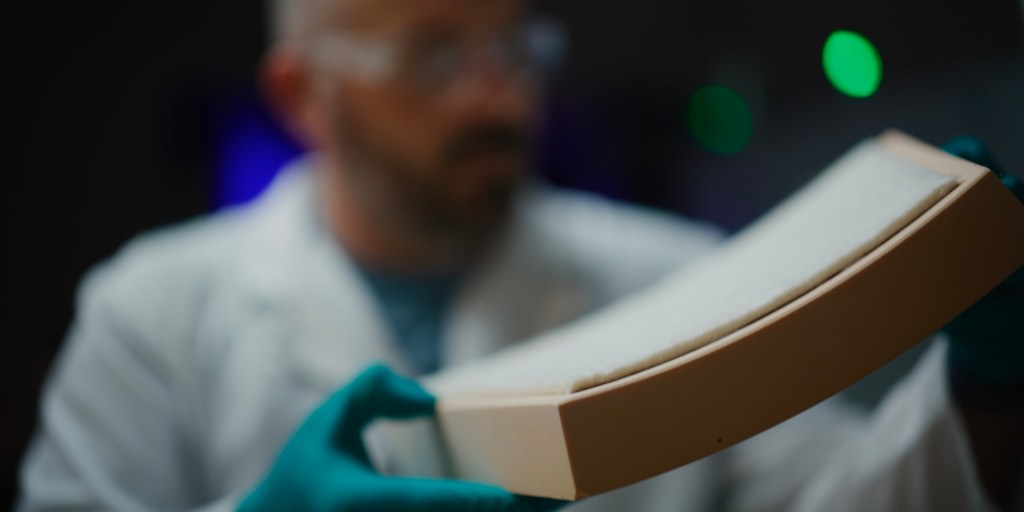
The Tipping Point Award
Impactful and Efficient Public-Private Partnerships
In 2023, NASA selected Varda to receive a Tipping Point Award from its Space Technology Mission Directorate. The award supported Varda’s effort to begin commercial production of C-PICA, recognizing that Varda’s research may bring meaningful benefit for human health and that pioneering commercial production of C-PICA could help establish a new norm in which private companies routinely return spacecraft to Earth. In this way, NASA’s technical support advances both commercial heat shield production and scientific endeavors, such as pharmaceutical research and production in microgravity.
About Tipping Point Awards
With its Tipping Point Awards, NASA seeks industry-developed space technologies that can foster the development of commercial space capabilities and benefit future NASA missions. A technology is considered at a tipping point if an investment in a demonstration will significantly mature the technology, increase the likelihood of infusion into a commercial space application, and bring the technology to market for both government and commercial applications. The awards, which require a financial match from the company, reflect NASA’s approach to building high-impact public-private partnerships to support the U.S. commercial space industry and benefit future NASA missions. These collaborations maximize impact while saving the agency, and American taxpayers, money.
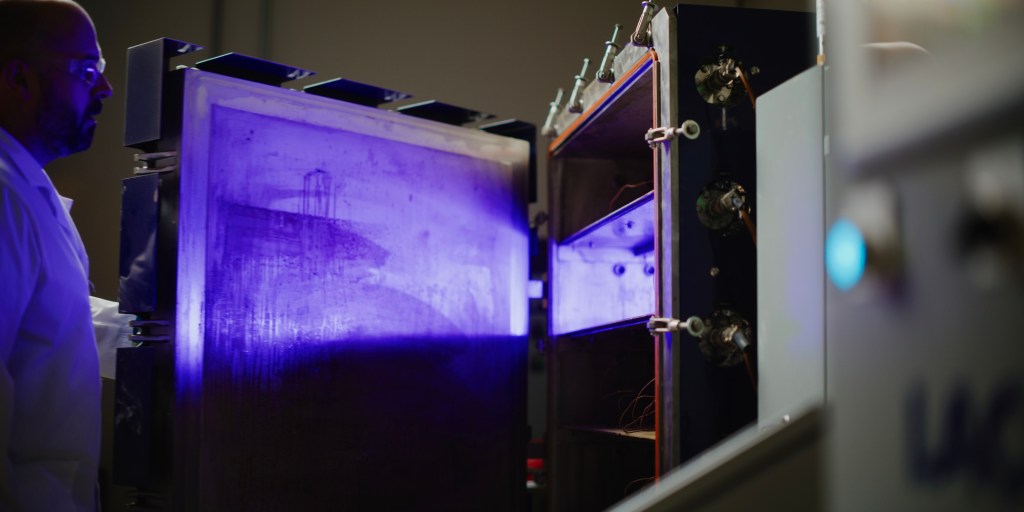
For media inquiries, please contact:
Jasmine Hopkins | jasmine.s.hopkins@nasa.gov
Photo credits for upper banner images: Varda Space Industries (left two images); SpaceX (right image)









